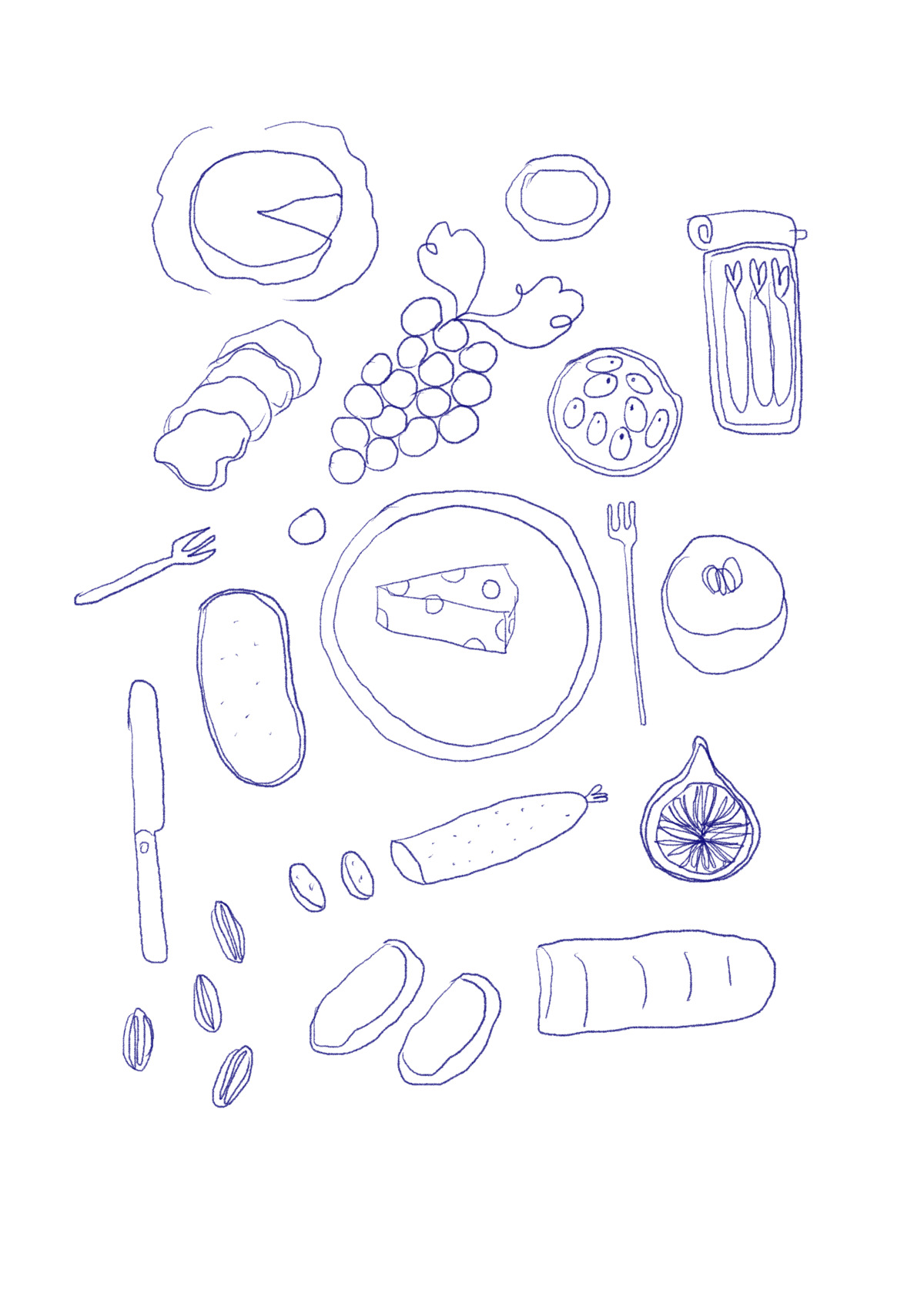From Pig Parts to Pinterest: A Brief History of the Charcuterie Board
7 August 2025
From Preservation to Presentation
Long before refrigeration, ancient societies needed clever ways to hang onto their meat. The Greeks and Romans (not only famous for their abs and philosophy) perfected salt-curing, smoking and drying, methods not just for survival but for flavour preservation too.
Fast forward to 15th-century France, where charcutiers, masters of what the French called charcuterie (from chair, meaning flesh, and cuit, meaning cooked), began transforming every part of the pig into gastronomic gold. These early deli artisans set the stage for what would become the charcuterie board.
Peasant Fare Meets High Society
Charcuterie was never designed to be posh. Across medieval Europe, workers survived on simple platters of bread, cheese, local produce, perhaps a bit of cured meat, and whatever drink was handy. Then, as so often happens, the wealthy "discovered it" and promptly ruined it by turning a humble meal into a formal dinner course. By the 17th century, particularly in France and Britain, the cheese course had arrived, where carefully presented meats and cheeses were paraded at the tables of the elite.
Imagine a platter so noble it turns mealtimes into memorable gatherings, that, dear reader, is the charcuterie board. But where did this glorious edible stage of cured meats, cheeses and artistic nibblings originate? Pull up a seat...

Hello American Cocktail Hour
In the early 20th century, with the rise of cocktail parties and midnight suppers, informal finger foods took the stage. Cold meats and cheese found their way into American homes as easy entertaining treats. After the Second World War, returning soldiers brought curiosity for European flavours back to the United States, fuelling the smorgasbord craze, a buffet-style gathering filled with open-faced delights that clearly presaged our modern charcuterie board.
The 1990s Revival and Social Media Takeover
Charcuterie boards as we know them today only truly took off in the 1990s, when specialist shops (that strange little shop charging twenty-five pounds for mustard, for example) began stocking a diverse array of meats and cheeses. By the 2010s, social media platforms like Instagram and Pinterest had turned these boards into visual spectacles, edible art in fact, where aesthetic became as critical as taste.
A Global Evolution
From Italy’s salumi to Japan’s otsumami, countless cultures offer their take on charcuterie-style snacks. Modern boards now draw from worldwide ingredients: fig jam here, truffle honey there, plus every nut and pickle you can imagine.
So why does the charcuterie board still thrill us?
Because it is more than meat and cheese, it is portable history, shared in bites. From medieval labourers to glamorous cocktail parties, from French artisans to your Instagram feed, the charcuterie board is living proof that preservation, presentation and pleasure make a delicious trio.
So when you next glance at a beautifully composed platter, remember, you are looking at centuries of culinary ingenuity, staged perfectly for the modern palate.